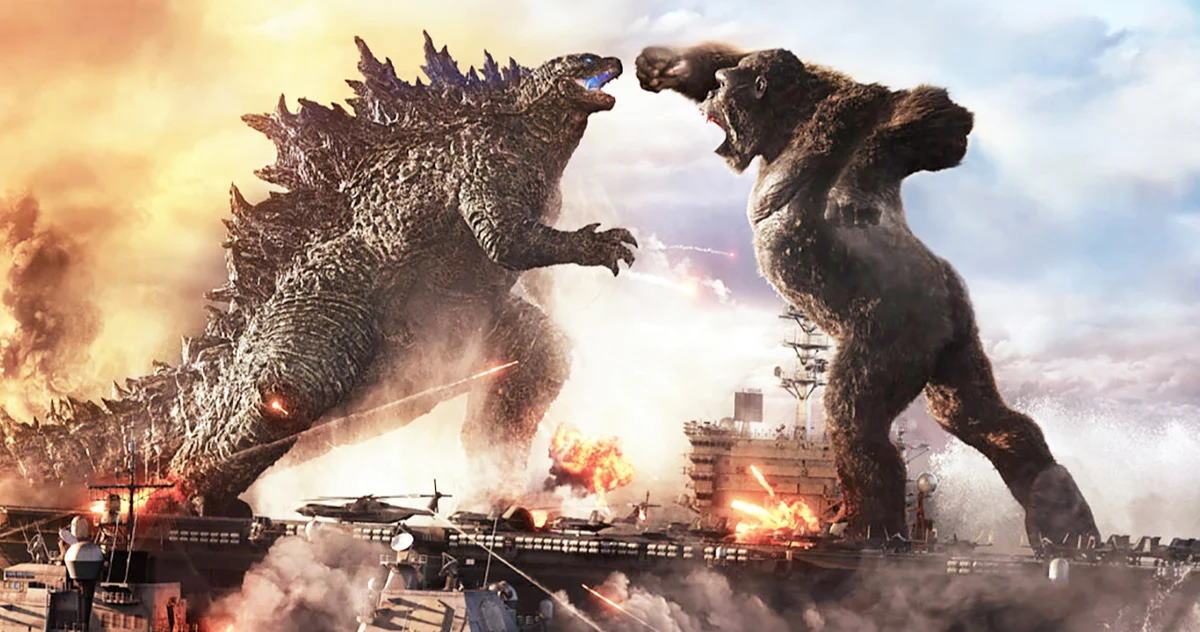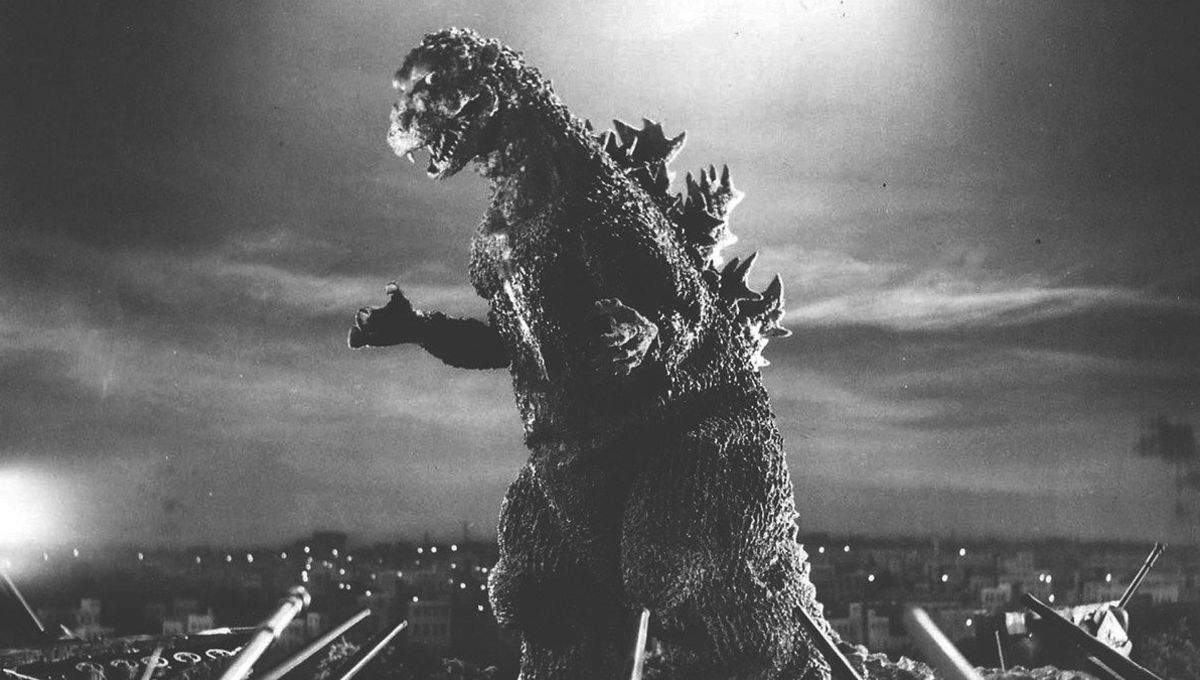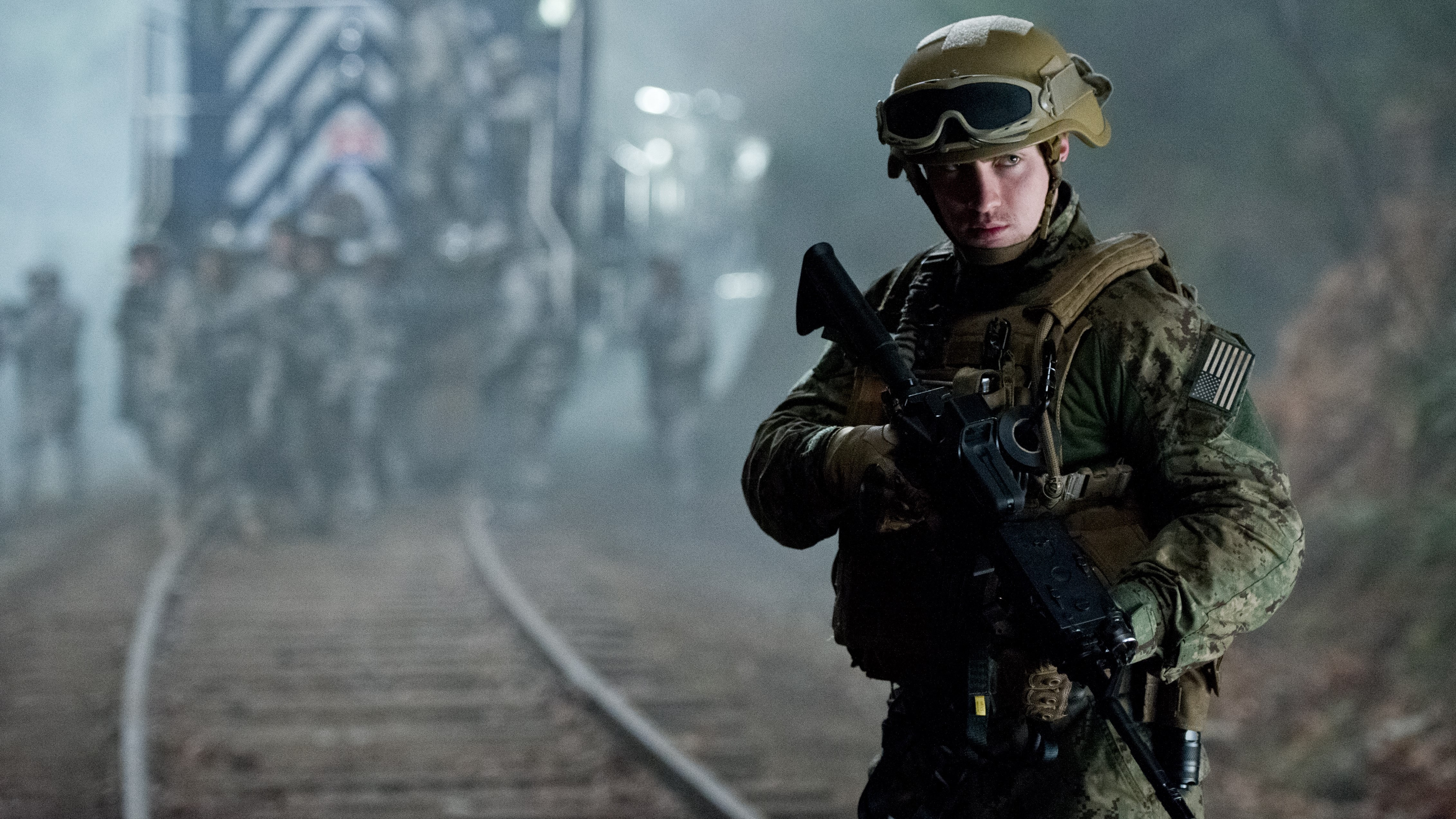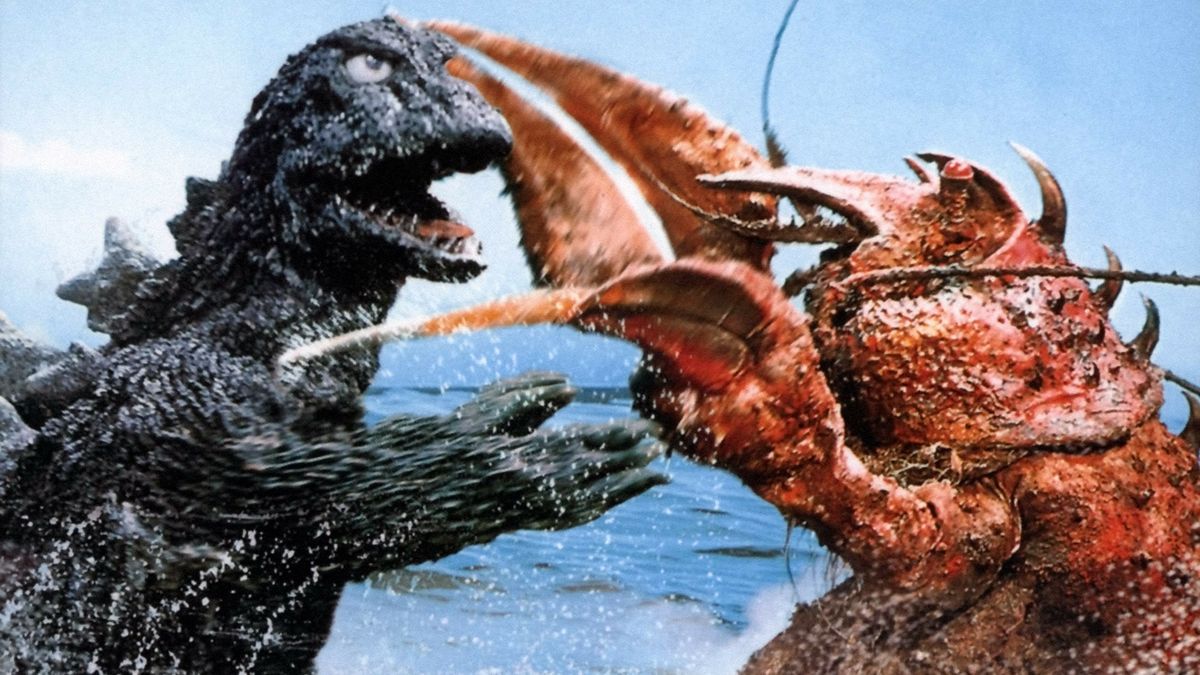What makes a good Godzilla movie?
The Godzilla vs. Kong movie begs the question — what exactly do we expect from a kaiju flick?

It would be an understatement to say the reception to Warner Bros. and Legendary’s recent string of MonsterVerse offerings was decidedly mixed from fans, critics, and general audiences alike. No one can seem to agree whether 2014’s Godzilla was a masterpiece of anticipation or a slog that only got good in the last ten minutes. Similarly, 2019’s Godzilla: King of the Monsters suffers from seemingly conflicting reactions that praise the realization of so many monsters from the Toho kaiju canon with modern Hollywood special effects, but also condemn the film’s reluctance to show them off for any prolonged period of time. And while it’s by no means universally beloved, the non-Godzilla outlier, 2017’s Kong: Skull Island, seems to fare best of all in terms of consistent appreciation.
So what exactly is going on here? Are we appreciating these films in the spirit of the original franchises that spawned them, or are we simply elevating the kaiju genre in our collective consciousness to a standard that not even Toho adhered to? Though that question obviously varies between individual tastes, I think there are a few key factors that have led to Big G’s persistence as a franchise, even while some installments are not as universally beloved. As we approach the release of Godzilla vs. Kong, it’s worth examining three ways that Godzilla films have wowed us in the past so that they may continue to do so in the future.
Make Godzilla about something

This advice seems a little reductive, because of course Godzilla movies are about something. They’re about a giant radioactive dinosaur that destroys cities! But it’s no secret that the original 1954 Godzilla was a pointed and prescient allegory for the atomic destruction of Hiroshima and Nagasaki by the U.S. military, an event that preceded the film by only nine years. Yes, Toho was intent on creating a science-fiction franchise that they could perpetuate with sequels and monster spin-offs, but there was an underlying meaning to the story beyond “monster destroys Tokyo,” as evidenced by the film’s haunting meditation on the human cost of the attacks. This ethos is best mirrored in Toho’s 2016 film Shin Godzilla, which reimagines Godzilla as an allegory for the 2011 tsunami and the Japanese government’s bureaucratic response to it.
Not every entry in the original franchise’s Shōwa Era was an intentional social allegory, though there is an argument to be made that Godzilla’s gradual transformation from invader to protector is reflective of Japan’s post-war relationship with the US as other world powers are represented by other invading monsters. However, one of the best entries from this period was very clearly a message movie: Godzilla vs. Hedorah, which featured an alien being that grew to kaiju size by feeding on Earth’s pollution. It’s a very blunt piece of early 1970s eco-consciousness, but it works so well because Hedorah is one of the most inspired and versatile monsters in Toho’s canon, offering a unique transformation or twist in each of the film’s fights based on his uniquely toxic power set.
The MonsterVerse film that seems to have taken this most to heart is Kong: Skull Island. Though a common criticism of the film is that it borrows heavily from the aesthetic of Vietnam War films — most notably Apocalypse Now — without importing those films’ specific anti-war meaning, Skull Island actually uses its time period as a point of explicit anti-imperial commentary. Most notably, Lieutenant Colonel Preston Packard, played by Samuel L. Jackson, is easily identifiable as the film’s nemesis for his militaristic impulse to respond to any potential threat with violent retaliation and preemptive force, regardless of whether he has a complete understanding of the situation he is presented with. Contrast this with 2014’s Godzilla, which creates an extensive parallel between Godzilla and the US military’s might in their alignment against the MUTOs, just so that the big lizard can share a brief moment of mutual respect with Aaron Taylor-Johnson’s wooden facsimile of a protagonist. The Skull Island is compelling for its implications; Godzilla (2014) fails not just on its lack of compelling character, but because the underlying theme it's exploring is flimsy.
Don’t make the humans the star of the show

Writing a story where the title characters are inhuman monsters incapable of language or conventional communication will always be a struggle. However, what you don’t do is pretend that your human characters are on an equal dramatic footing with the titans they share screentime with. No one remembers the name of Aaron Taylor-Johnson’s soldier and Kyle Chandler coming to grips with his son’s death in King of the Monsters is not the emotional lynchpin that got anyone fired up as they waited for King Ghidorah to show up.
The impulse to center human protagonists is understandable, particularly in the age of modern Hollywood casting. Conventional wisdom states that the name recognition of popular actors attracts potential viewers. But not only is this ethos outdated in an age of intellectual property-driven blockbusters, but it’s especially misguided when the role of human characters in a kaiju film is to react to the actions of the kaiju, not to explore their own inner lives. In films where there is only one kaiju, you get a little more leeway, since the conflict is primarily premised on human survival and the actions taken to ensure it. Shin Godzilla does a handy job of demonstrating this in practice, with an absolutely enormous cast of characters that never steal the show from the monstrosity they face, namely because most of them serve utilitarian roles to the plot and aren’t afforded superfluous screentime to dive into their unnecessary backstories.
The latest updates, reviews and unmissable series to watch and more!
For monster-on-monster films, though, it’s best to look back to the Shōwa Era again, because even though those films lean on human characters even more than their modern counterparts, they still remain compelling because that human drama is in service to the eventual confrontation the film is premised upon. For example, it takes a while for Mothra vs. Godzilla to get to its titular fight, but the film remains engaging because so much of its human subplot is premised on studying the mysterious Mothra egg and learning the culture of Infant Island. Similarly, Invasion of the Astro-Monster spends quite a while exploring the alien Xilien culture before their eventual capture and control of Godzilla and Rodan. The characters in these stories aren’t particularly memorable as individuals, but the films aren’t trying to force them to be franchise-carrying icons either. Instead, they tell pulpy stories that allow for archetypal stock characters to communicate high concepts to the B-movie audience, and no amount of high profile casting will make up for that kind of simple plot utility.
Just get to the damn fireworks factory

The reason you want the plotting is simple: the audience wants you to let the monsters fight! The Shōwa Era Godzilla films could get away with putting most or all of its action in the third act was because of budgetary constraints and, most importantly, runtimes less than ninety minutes. But, with runtimes increasing even the mammoth budgets of these films are strained by keeping the monsters on-screen for extended periods of time. That’s why you end up with obscuring weather effects and cutaways to car chases in King of the Monsters, even though the money-shots of that film are completely stunning in the brief moments they appear.
Barring shorter runtimes and even more bloated effects budgets, the key seems to be a better sense of pacing. Kong: Skull Island is a great example of a solid setpiece structure, allowing just enough downtime between monster confrontations that each action scene feels fresh and new. The classic example of how to do this right, however, is Ebirah, Horror of the Deep, which saves Godzilla’s confrontation with the titular crustacean for the final act, but it throws in an impromptu fight with a Giant Condor just to show off Godzilla’s might and power. The film recognizes that its simplistic set-up trapping kids on an island with terrorists isn’t going to carry a whole Godzilla movie, so it contrives reasons for Godzilla to get busy. These fights can be quick, but most importantly, they need to show off the monsters in all their glory, then draw us back in before the film goes into another period of downtime.
We hope Godzilla vs. Kong has the gumption to get right to the action, to deemphasize its human protagonists and have more on its mind than just the destruction.
Leigh Monson has been a professional film critic and writer for six years, with bylines at Birth.Movies.Death., SlashFilm and Polygon. Attorney by day, cinephile by night and delicious snack by mid-afternoon, Leigh loves queer cinema and deconstructing genre tropes. If you like insights into recent films and love stupid puns, you can follow them on Twitter.


